I'm combining opamps to reduce the frontend opamp noise by a factor 0.707. This works in LTSpice, and I understand why it should work. My circuit amplifies a signal that is symmetric around 2.5V and should have a gain of 101.
But, I see two options, and I'm wondering whether LTSpice is telling me the truth or I'm in simulation purgatory.
Option 1 (left) Two complete parallel input circuits. The non-correlated output noise is combined through the 300 Ohm resistors.
Option 2 (right) I'm combining the parallel opamp circuits using one gain resistor R3 and paralleling the non-inverting inputs of both opamps. The non-correlated output noise is combined through the 300 Ohm resistors.
My first instinct was option 2 because it eliminates the extra uncertainty of two gain resistors, but I'm wondering if the combination of the noise sources at the non-inverting input has any effect at all.
LTSpice tells me there is no difference at the output.
Though when I measure the noise not at VOP/VOM but right before the 300 Ohm resistors, there is a huge difference. The combined circuit gives me a ridiculously high noise figure that's 2000 times higher, while option 1 gives the expected original non-parallel noise that's factor SQRT(2) higher.

